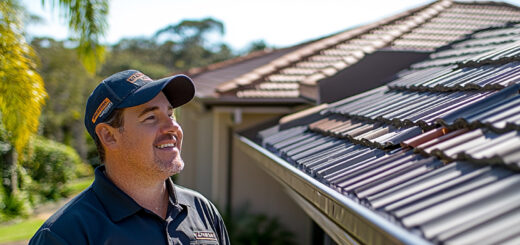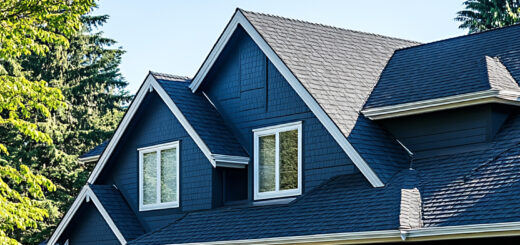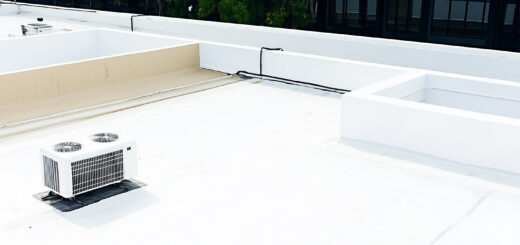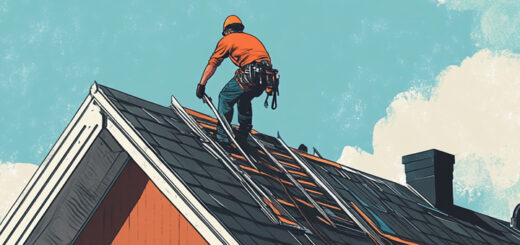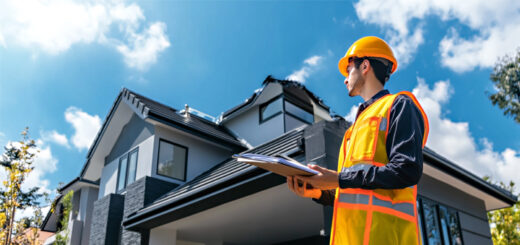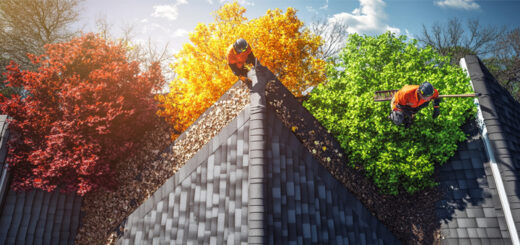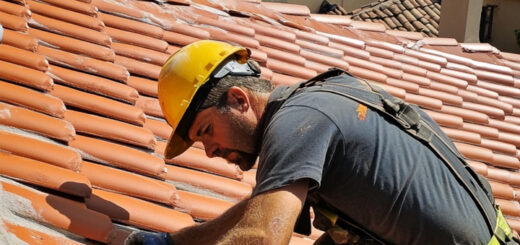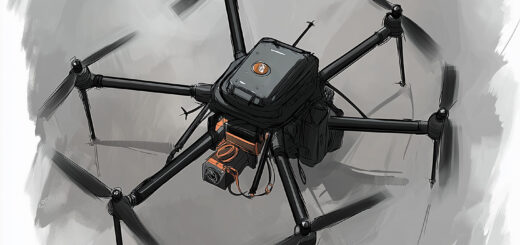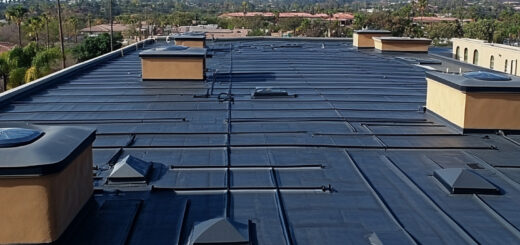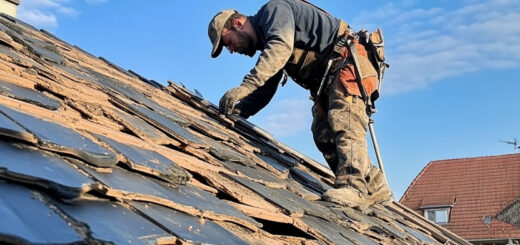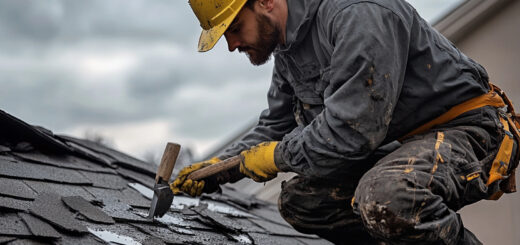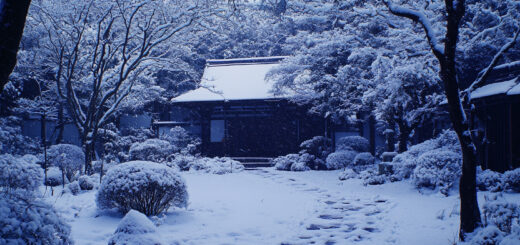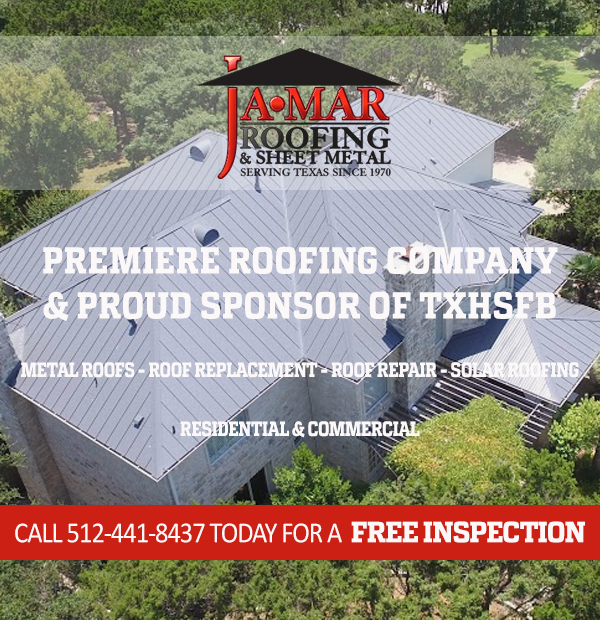Identifying and Addressing Common Eye Sores for Commercial Roofs
Maintaining the aesthetic and functional integrity of a commercial roof is crucial for any business. Common eye sores for commercial roofs can significantly impact the overall appearance and efficiency of a building. One prevalent issue is ponding water, which occurs when water accumulates on the roof due to poor drainage or structural flaws. This not only creates an unsightly appearance but can also lead to more severe damage over time.
Another common problem is membrane blistering, where bubbles form in the roofing material due to trapped air or moisture. These blisters can compromise the roof’s durability and lead to leaks if left untreated. Additionally, algae and moss growth are frequent culprits that mar the visual appeal of commercial roofs. These organisms thrive in damp environments and can cause discoloration as well as structural damage.
Regular commercial roof maintenance is essential to prevent these issues from escalating. Routine inspections help identify potential problems early on, allowing for timely repairs that preserve both the functionality and appearance of your roof. Addressing these common eye sores promptly ensures that your commercial property remains attractive and structurally sound, ultimately protecting your investment in the long run.
Ponding Water: Causes and Solutions
Ponding water on a roof is a prevalent issue that can lead to significant structural damage if not addressed promptly. This phenomenon, often observed on flat roofs, occurs when water accumulates and remains stagnant for more than 48 hours after a rainfall. Understanding the causes of ponding water and implementing effective solutions can help mitigate potential damage.
One of the primary causes of water pooling issues is inadequate roof drainage. Flat roofs are particularly susceptible to this problem because they lack the natural slope that facilitates water runoff. When drains or gutters are clogged with debris, or when the roofing material itself has settled unevenly over time, water has nowhere to go but to pool in low-lying areas.
Another common cause is structural sagging. Over time, the weight of accumulated debris and standing water can cause sections of the roof to dip or sag, exacerbating drainage problems and leading to further accumulation of ponding water on the roof.
To address these issues, regular maintenance is crucial. Ensuring that drains and gutters are free from blockages will significantly improve roof drainage problems. Additionally, installing tapered insulation can create a slight slope on flat roofs, promoting better runoff. For more severe cases involving structural sagging or persistent flat roof water accumulation, consulting with a roofing professional may be necessary to reinforce or redesign sections of the roof.
By understanding these causes and implementing proactive solutions, property owners can effectively manage ponding water issues and extend the lifespan of their roofing systems.
Visible Damage: Cracks and Blisters
One of the most evident signs that your commercial roof may need repair is the presence of cracks and blisters. Roof cracks and blisters can indicate underlying issues with the roofing membrane, which, if left unaddressed, could lead to more severe damage over time.
Cracks in the roofing membrane often result from prolonged exposure to harsh weather conditions, such as extreme temperatures or heavy rainfall. These fissures can compromise the integrity of your roof, allowing water to seep through and potentially causing leaks inside the building. On the other hand, blisters are typically caused by trapped moisture or air beneath the roofing layers. When these pockets expand due to heat, they create unsightly bulges on the surface.
Recognizing these signs of roof damage early is crucial for maintaining a safe and functional commercial property. Regular inspections can help identify these issues before they escalate into more significant problems requiring extensive commercial roof repair. If you notice any cracks or blisters on your roof, it’s essential to consult with a professional roofer who can assess the situation and recommend appropriate solutions.
In summary, being vigilant about visible damage such as cracks and blisters on your commercial roof can save you time and money in the long run by preventing further deterioration and ensuring that your building remains protected from environmental elements.
Moss and Algae Growth: Prevention Tips
Maintaining the integrity of your roof is crucial, and one often overlooked aspect is the growth of moss and algae. Moss growth on roofs and algae on commercial roofs can lead to significant issues if not addressed promptly. Here are some effective prevention tips to help you manage this problem.
First, ensure your roof is kept clean and free from debris. Leaves, twigs, and other organic materials can trap moisture, creating an ideal environment for moss and algae to thrive. Regularly cleaning moss off roofs can prevent it from taking root deeply.
Second, consider installing zinc or copper strips along the ridge of your roof. When it rains, molecules from these metals wash down the roof surface, creating an inhospitable environment for moss and algae growth.
Third, trim overhanging branches that provide shade to your roof. Sunlight naturally inhibits the growth of these organisms by keeping surfaces dry.
Lastly, regular inspections are key in preventing moss and algae buildup. By identifying early signs of growth during routine checks, you can take swift action before they cause significant damage.
By following these prevention tips diligently, you can extend the lifespan of your roof while maintaining its aesthetic appeal.
Poorly Maintained HVAC Units and Other Equipment
Proper maintenance of HVAC units and other rooftop equipment is crucial for both functionality and aesthetics. HVAC units on roofs are exposed to harsh weather conditions, which can lead to wear and tear more quickly than ground-level systems. Regular equipment maintenance for rooftops is essential to ensure that these units operate efficiently, prolong their lifespan, and prevent costly repairs.
One of the primary concerns with poorly maintained rooftop machinery is the potential for decreased performance. Dirt, debris, and exposure to the elements can cause components to malfunction or degrade over time. Routine inspections and timely servicing can help identify issues before they escalate into major problems.
Additionally, the visual impact of rooftop units should not be overlooked. Well-maintained HVAC systems contribute positively to a building’s overall appearance. Conversely, neglected equipment can become an eyesore, affecting the aesthetic appeal of both residential and commercial properties.
In summary, diligent rooftop machinery upkeep not only enhances operational efficiency but also preserves the visual integrity of buildings. Regular maintenance schedules should be adhered to in order to avoid performance degradation and unsightly appearances caused by poorly maintained HVAC units on roofs.
Litter and Debris Accumulation: Keeping Your Roof Clean
Maintaining a clean roof is essential for the longevity and efficiency of any building, especially commercial properties. Litter and debris accumulation can lead to a host of problems, including water damage, pest infestations, and even structural issues. Here are some effective roof debris removal tips to keep your rooftop in top condition.
First and foremost, regular inspections are crucial. Schedule periodic checks to identify any buildup of leaves, branches, or other litter that may obstruct drainage systems. Cleaning commercial roofs should be done with care; using specialized equipment like leaf blowers or pressure washers can make the task easier while ensuring that no damage is done to the roofing materials.
Preventing litter buildup on rooftops can also be managed through proactive measures. Installing gutter guards and screens can help reduce the amount of debris entering drainage systems. Additionally, trimming overhanging tree branches will minimize the likelihood of leaves and twigs accumulating on your roof.
By following these guidelines for roof debris removal and adopting preventive strategies, you can maintain a clean and functional rooftop that supports the overall health of your building.
The Importance of Regular Inspections to Prevent Eye Sores
Regular inspections of commercial roofs are crucial for maintaining the structural integrity and aesthetic appeal of your building. Commercial roof inspections play a vital role in identifying potential issues before they escalate into costly repairs or replacements. By scheduling regular roofing check-ups, property owners can ensure that their roofs remain in optimal condition, effectively preventing unsightly damage and deterioration.
Preventative maintenance is key to avoiding eye sores that can detract from the appearance of your building and potentially harm its value. Professional roofing services offer comprehensive inspection and maintenance programs designed to catch minor problems early on. These services typically include detailed assessments of roofing materials, drainage systems, and other critical components.
Investing in routine inspections not only preserves the visual appeal of your property but also extends the lifespan of your roof. By addressing issues promptly through preventative maintenance, you can prevent small problems from developing into major headaches down the line. In conclusion, regular commercial roof inspections are essential for maintaining both the functionality and appearance of your building’s roof, ensuring it remains free from eye sores for years to come.
Maintaining the Aesthetic Appeal of Your Commercial Roof
Maintaining the aesthetic appeal of your commercial roof is crucial for both the longevity of the roofing system and the overall impression it gives to clients and visitors. Regular maintenance, including cleaning and inspections, can prevent unsightly issues such as moss growth, debris accumulation, and water stains.
Choosing high-quality materials that resist weathering and discoloration is also essential. Investing in durable roofing solutions not only enhances appearance but also reduces long-term repair costs. Additionally, implementing a scheduled maintenance plan with professional roofing services ensures any potential problems are addressed promptly.
Incorporating these practices helps in preserving the visual appeal of your commercial property while ensuring its structural integrity. A well-maintained roof reflects positively on your business, showcasing attention to detail and a commitment to quality.
